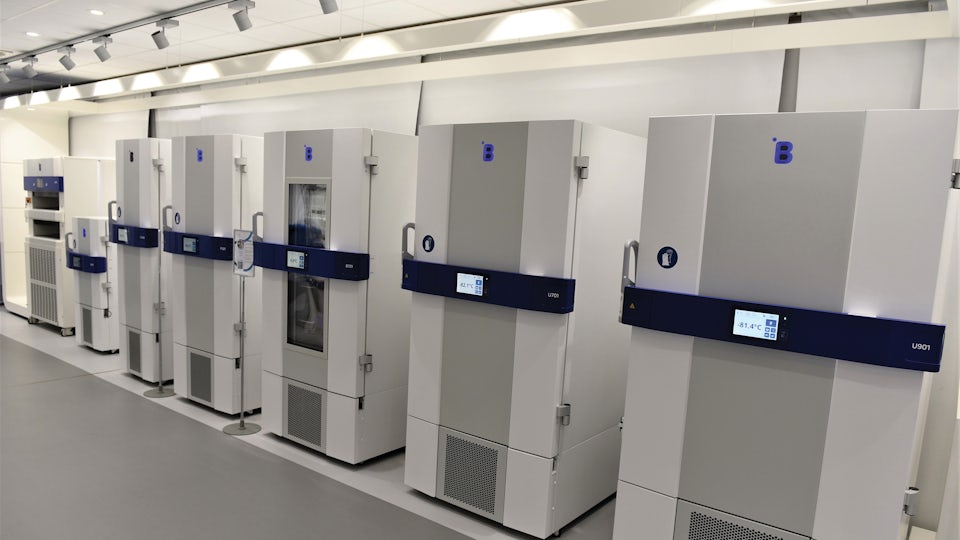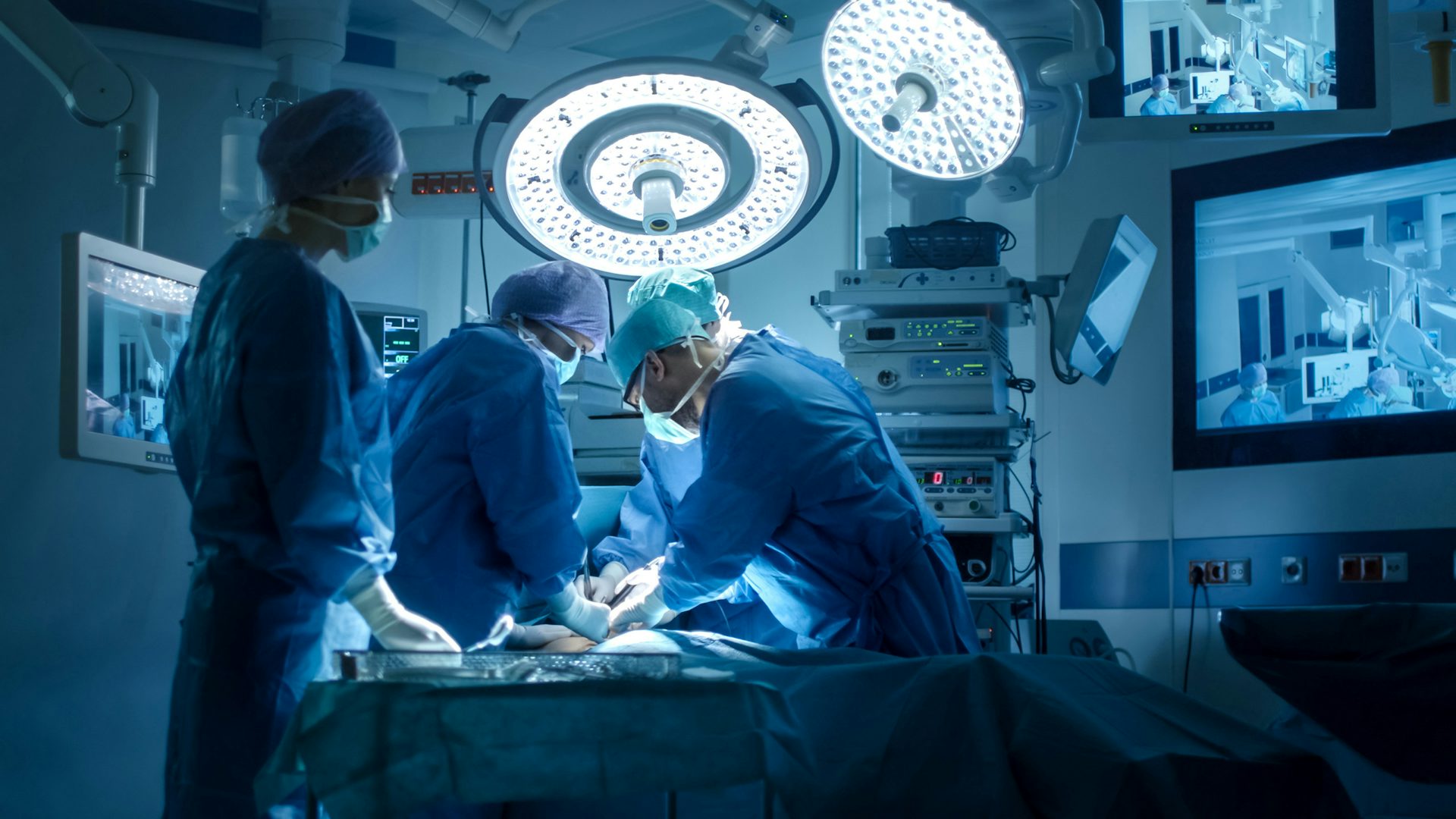How can you improve medical device design?
With the increasing demand for more efficient, accessible and secure products, medical device design is getting more complex. To create innovative products, you need a multi-disciplinary approach that ensures quality and compliance throughout the product lifecycle. Enhance your design process by leveraging advanced modeling tools, fostering collaborative development and implementing traceable processes.
Drive innovation with your medical device design
Enhance collaboration, ensure compliance and accelerate development across disciplines. More quickly create competitively differentiated, innovative and safe devices.
Decrease in development and testing time
Reduce testing and development time by up to 80% using simulation to conduct virtual tests. (B Medical Systems)
Time reduction
Save time searching for data with an information management system for full traceability. (iThera Medical)
Improvement in accuracy
Streamline design processes, reduce costs and improve precision with simulation. (B&W Engineering)
Conquer medical device design challenges
Get your medical device design projects to market faster with an integrated digital product design software system that empowers your team to create efficient, high-performing, fully compliant devices.
Discover our solutions for each of the three key paths to digitalizing medical device design:
Quickly create a comprehensive virtual system using real-world evidence. Explore design variants with user-friendly interfaces, evaluate a wide range of options and expedite decision-making for efficient generation of medical device design files and faster availability of physical prototypes.
- Increase productivity through modeling, maximize design flexibility and reduce data preparation time
- Reduce product development time and rework
- Generate and maintain multiple product variants
Facilitate collaborative design among specialized teams to improve project alignment and detect and address potential design-change errors at an earlier stage.
- Simulate medical device performance in every stage of the device lifecycle
- Implement multi-physics simulation tools to streamline collaboration
- Generate digital evidence and adhere to regulatory guidelines
Implement a digital and traceable process for design documents and data management. Simplify product compliance and accelerate market submission.
- Streamline the UDI process and reduce risks
- Enable efficient label authoring
- Find and share design data and quality processes easily
Achieve medical device design excellence
Platform to conduct testing, modeling and simulation
Save time changing properties or performing simulations by using one platform. (B&W Engineering)
Decrease in production costs
Leverage 3D scanning and additive manufacturing to reduce production costs. (Unlimited Tomorrow)
Time reduction
Save time creating compliant documentation for audits using an application lifecycle management (ALM) platform. (iThera Medical)
B Medical Systems

Using advanced simulation to extend the shelf life of temperature-sensitive medical products
Company:B Medical Systems
Industry:Medical devices & pharmaceuticals
Location:Hosingen, Luxembourg
Siemens Software:Simcenter 3D Solutions, Simcenter Amesim
Engineering time needs to be optimized to create the best designs in the shortest time. The accuracy and ease of use of Simcenter Amesim plays a big role in making this possible.
Explore our medical device design resources
Digitalize, simulate and validate medical device designs to predict performance across all engineering disciplines to verify safety and effectiveness throughout the device lifecycle.

Adopt a digital integrated medical device design system
Product lifecycle management
Design for additive manufacturing
Mechanical product design
Accelerated design
Simulation process and data management
Electrical CAD and electronic systems management
Frequently asked questions
What are the principles of medical device design?
The principles of medical device design incorporate a comprehensive, collaborative and traceable approach. Utilizing advanced modeling tools and an integrated digital system backbone, design teams can efficiently create high-performing and fully compliant products.
What are the phases of medical device design?
The phases of medical device design begin with comprehensive virtual product design, employing advanced modeling tools across all engineering disciplines. Collaborative design development follows, facilitating the generation of digital evidence and ensuring robust design control and change control processes. The traceable design process is then implemented to establish a high-quality design history file (DHF) for pre-market submission.
What are design controls in medical devices?
Design controls are structured processes that ensure the safety, compliance and monitoring of the medical device design throughout its lifecycle. Mandated by US 21 CFR Part 820 and EU MDR / IVDR regulations, design controls involve traceability, efficient design file management and continuous monitoring.
What is design transfer in medical device creation?
Design transfer in medical device creation refers to the phase where the digital design data is seamlessly and securely transferred to the production environment. This critical step ensures the integrity of the generated design data, enabling a smooth transition from the design phase to the manufacturing phase.
How do I manage design controls for medical device products?
To effectively manage design controls for medical device products, follow these key steps: ensure a safe design with comprehensive digital traceability, prove compliance through efficient file management and guarantee continuous monitoring with interconnected data. Maintain compliance through seamless collaboration, expedite documentation processes and establish dedicated platforms for monitoring. Implement a data-driven approach to increase efficiency, embracing the cyclical nature of design control for innovation and quality. This ensures a comprehensive record for quality, compliance and audits.
What are the standards for medical device design?
Medical device design standards focus on adopting digital simulation throughout the lifecycle, including creating physics-based digital twins, addressing market pressures and ensuring regulatory compliance. This involves utilizing simulation for early design, regulatory approval, manufacturing decisions and post-market surveillance. Regulatory support promotes the use of digital evidence, with initiatives and standards aimed at assessing simulation credibility and reporting.
Learn more
Watch
On-demand webinar | Tackle the complexity of medical device labeling
Video | Unlock the power of simulation in medical device development
Video | Implement a fully integrated solution for generative design, simulation and validation
Read
Ebook | Innovative, safe medical devices to get to market quicker
White paper | Digital evidence generation: Simulation-driven design for medical devices
Infographic | Removing barriers in medical device design and development
Listen
Podcast | Teamcenter X provides cloud solutions for medical device management
